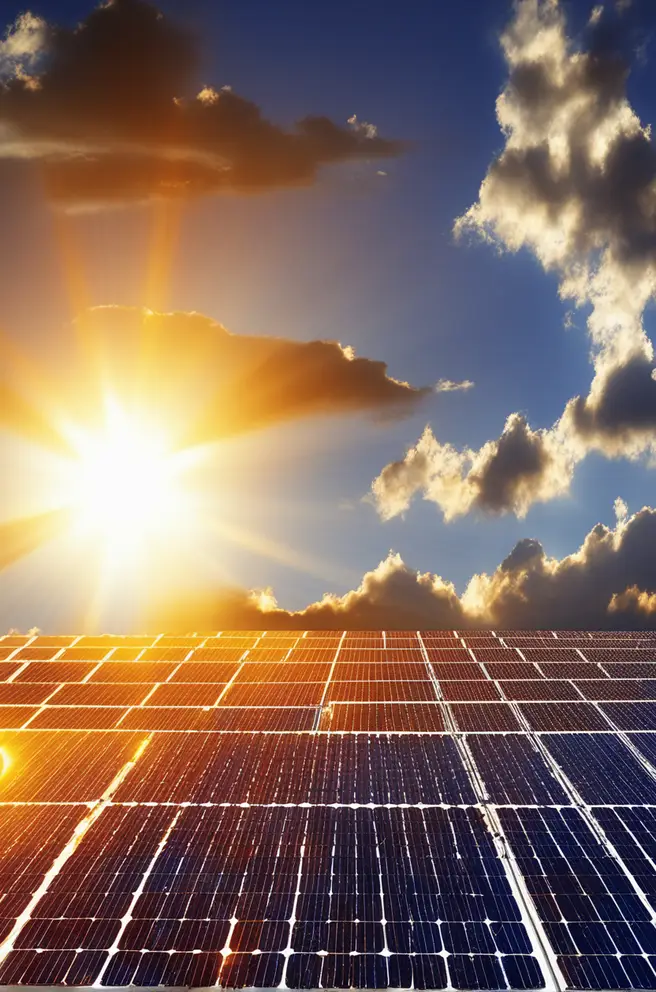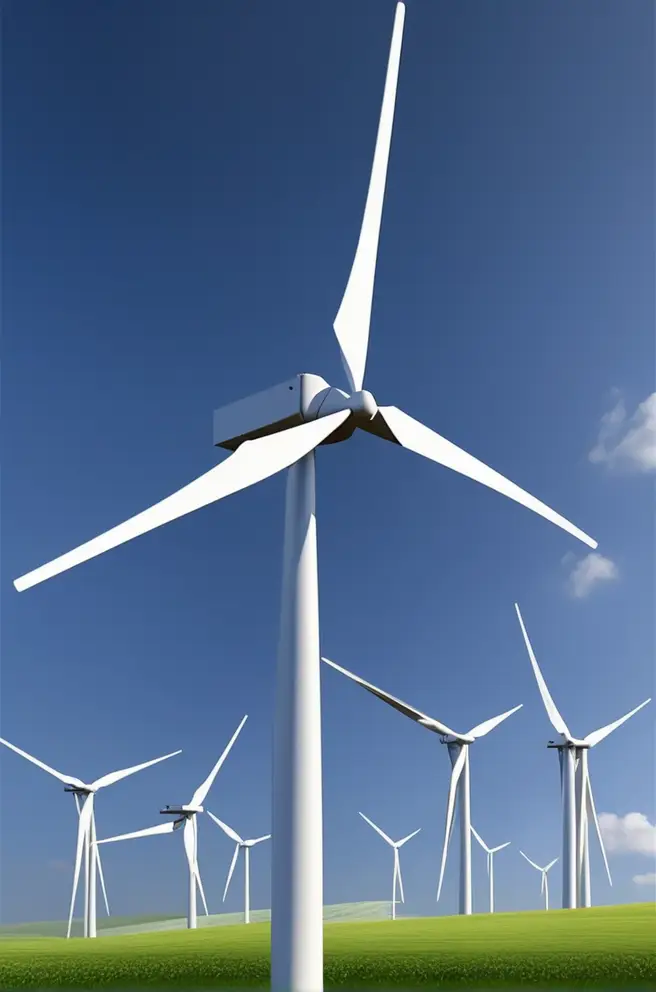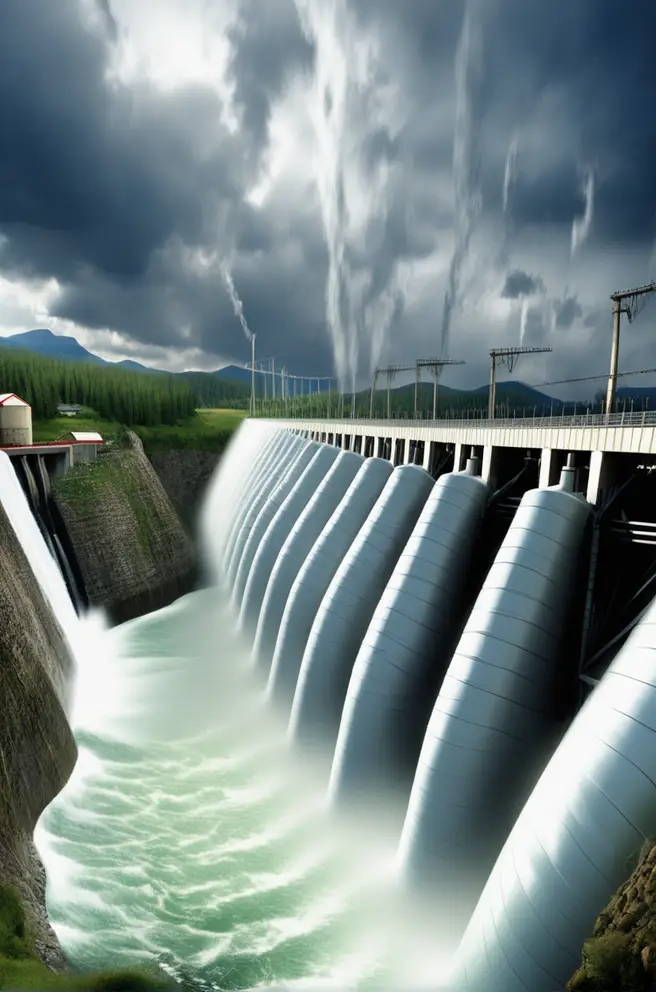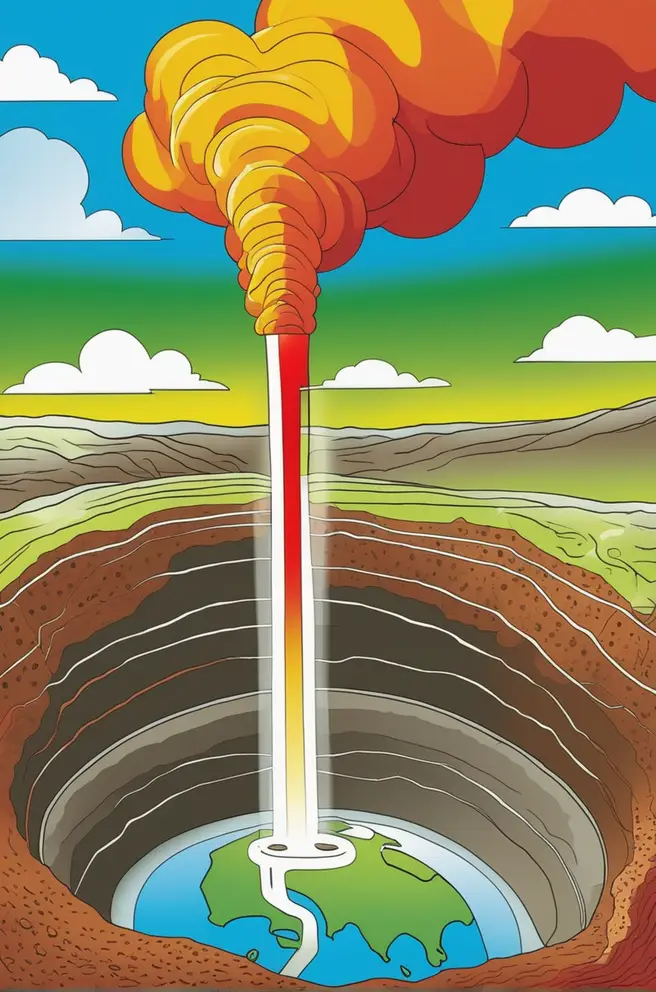Solar Energy: The Sun's Gift to Humanity
Solar energy is one of the most popular forms of renewable energy and for good reason. The benefits are numerous. For starters, it’s a clean, inexhaustible energy source that significantly reduces carbon emissions. With the ability to generate power directly where it’s needed, solar energy also helps decrease energy loss during transportation.
On the financial side, while the initial investment in solar panels can be considerable, the long-term savings are substantial. Solar systems require minimal maintenance and can last up to 25 years or more, ensuring a long period of virtually free electricity generation. Moreover, many regions offer incentives and tax breaks for installing solar systems, which can further offset the upfront costs.



